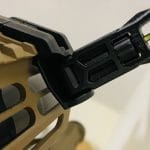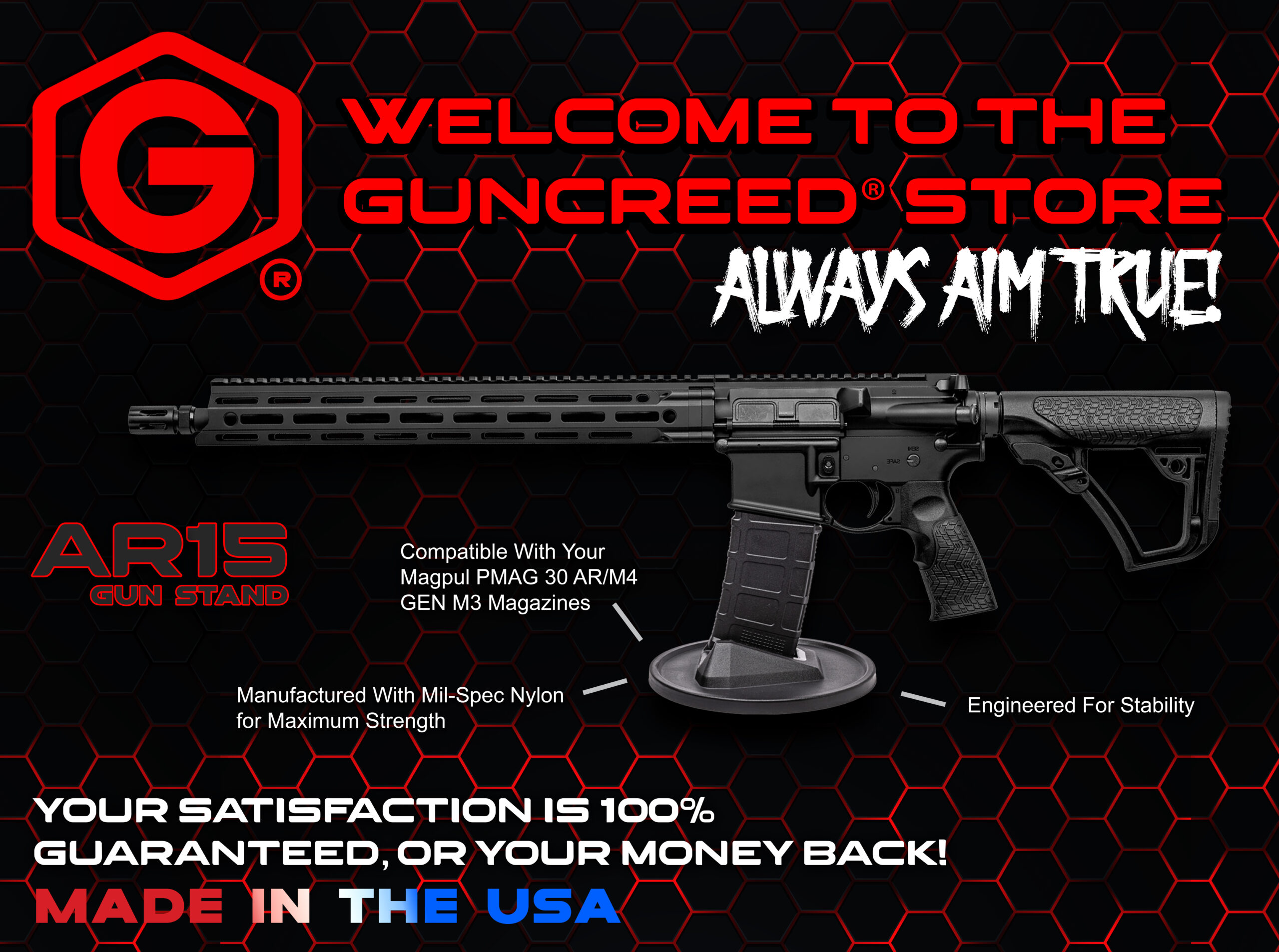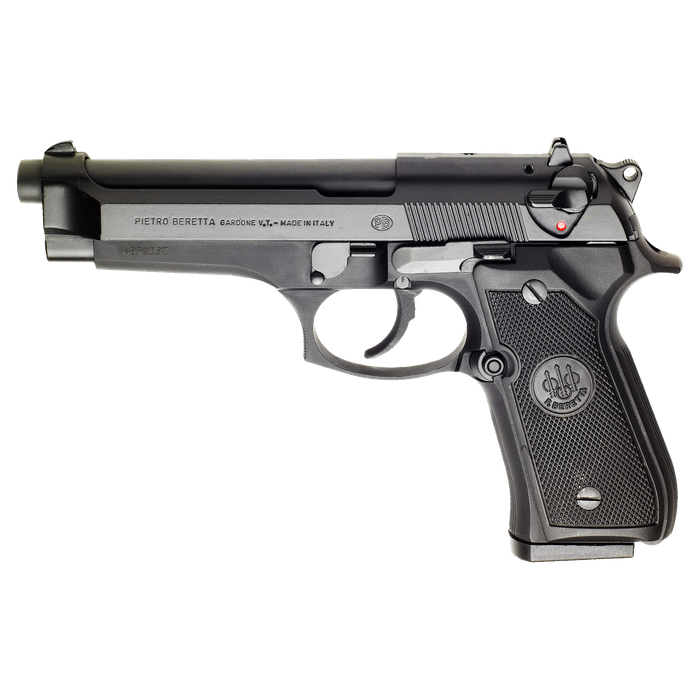


Free Shipping | 99% of all stands ship within 24 hours
We appreciate you sharing this:


We appreciate you sharing this:

Categories:
The discussion surrounding 9mm Luger and 10mm Auto has been an ongoing point of interest among law enforcement professionals, defensive carriers, and outdoor enthusiasts. Both calibers are proven, widely respected, and effective when applied in the appropriate context. However, they are designed for different roles and excel in very different environments. Understanding how each caliber behaves in terms of recoil, energy, penetration, controllability, and practical application is essential when selecting an optimal sidearm solution.
The 9mm Luger cartridge was introduced in the early 20th century and quickly gained recognition for its balance of controllability and performance. Over the decades, advancements in bullet design—particularly in modern defensive hollow-point construction—have significantly enhanced its real-world effectiveness.
By the 1980s and 1990s, law enforcement and military institutions around the world had adopted 9mm due to its consistency, manageable recoil, and the increased capacity it allows in compact and full-sized handguns.
10mm Auto was developed in the 1980s to offer superior ballistic performance, especially in terms of energy and penetration. Initially tested by select law enforcement groups, it demonstrated impressive stopping effectiveness, but its recoil and the size of the platforms required to chamber it made widespread adoption more challenging.
Despite not being universally adopted, 10mm has remained respected among trained shooters who require high levels of performance in outdoor environments, particularly those involving large animal encounters or rugged terrain.
The most significant technical difference between these two calibers lies in their energy output and velocity potential.
| Caliber | Typical Bullet Weight | Velocity (fps) | Energy Level |
|---|---|---|---|
| 9mm | 115–147 grain | 1,050–1,300 fps | Moderate |
| 10mm Auto | 165–200+ grain | 1,150–1,400+ fps | High |
In simple terms, 10mm delivers a significantly higher impact force and deeper penetration potential, particularly in barrier or wilderness defense scenarios. However, that greater force comes at the cost of increased recoil, platform size, and training demands.
One of the strongest advantages of 9mm is its controllability. The recoil is mild, predictable, and manageable for a wide range of shooter skill levels. This characteristic allows for faster follow-up shots and reduced fatigue during extended training. For individuals who prioritize consistent accuracy and high-volume practice, 9mm is exceptionally well-suited.
10mm produces a noticeably sharper and more forceful recoil impulse. This requires proper stance, grip discipline, and familiarity with heavier recoiling platforms. Professionals or enthusiasts who invest in regular training often handle the recoil effectively, but new shooters may struggle to maintain accuracy during rapid engagements.
The tradeoff is straightforward: greater ballistic power requires greater shooter control.
Because 10mm cartridges are longer and require larger chambers, handguns built to support 10mm are generally larger, heavier, and lower in capacity compared to their 9mm counterparts.
| Caliber | Magazine Capacity (Typical) | Handgun Size |
|---|---|---|
| 9mm | 12–20 rounds | Compact to full-size options widely available |
| 10mm Auto | 8–15 rounds | Typically full-size platforms for optimal control |
For daily concealed carry, a handgun chambered in 9mm is typically easier to conceal, lighter to carry for long durations, and more comfortable to draw quickly. Meanwhile, 10mm platforms are often selected for deliberate outdoor carry or situations where concealment is secondary to capability.
Cost is a practical factor that influences training consistency. Ammunition for 9mm is significantly more affordable and more widely available than 10mm. Users of 9mm can generally train more frequently, allowing ongoing reinforcement of fundamentals.
10mm ammunition, particularly high-performance loads, can be more expensive and less commonly found in general retail spaces. Because recoil is greater, extended practice sessions may also lead to greater hand and arm fatigue for some shooters.
For typical personal defense scenarios, where engagements are close range and controllability is critical, 9mm is generally the preferred option. Modern hollow-point technology has narrowed the wound channel performance gap while allowing a shooter to deliver accurate, rapid, and repeatable shot placement.
In home defense contexts, shot placement and controlled follow-up shots are essential. Recoil mitigation is particularly important for users who may be less experienced or physically fatigued under stress. Here again, 9mm holds a practical advantage.
When hiking, camping, or traveling in remote environments, the threat profile changes. Encounters may involve larger animals, and barriers such as thick hide or bones require greater penetration and energy transfer. In these environments, 10mm is frequently the superior option due to its high-velocity impact potential and deeper penetration characteristics.
One of the most important factors when selecting a caliber is the shooter’s experience and commitment to training.
A more powerful round is only an advantage if the user can deliver accurate shot placement under stress.
| Category | 9mm | 10mm Auto |
|---|---|---|
| Recoil | Low / manageable | High / requires technique |
| Capacity | Higher | Lower |
| Cost | More affordable | More expensive |
| Performance | Balanced for daily carry | High power for wilderness defense |
| Ideal Use | Daily carry, home defense, training | Backcountry, animal defense, specialized applications |
Choosing between 9mm and 10mm Auto depends primarily on the intended role, user experience level, and training commitment. For most defensive and everyday carry applications, 9mm remains the more practical and efficient choice due to its controllability, magazine capacity, and affordability.
However, in outdoor environments where additional penetration and energy are beneficial, 10mm Auto offers capabilities that 9mm cannot match. When used by a trained and disciplined shooter, it provides exceptional performance in wilderness and large-animal defense scenarios.
Ultimately, the best caliber is the one the shooter can control effectively, train with consistently, and deploy confidently under stress.
Always follow safe handling practices and all applicable local laws.